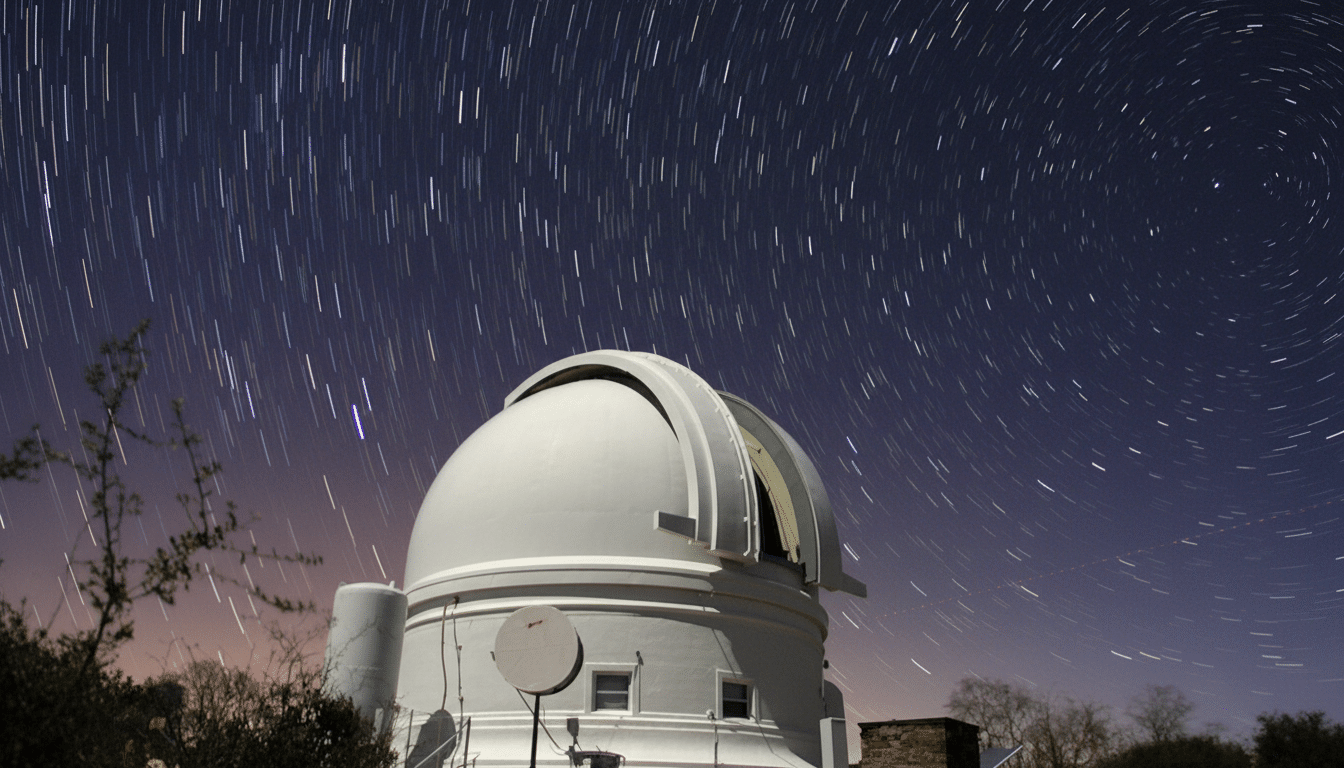Astronomers have discovered a record-breaking outburst from a supermassive black hole that came after it suffered an intergalactic close encounter with another supermassive monster, briefly generating an amount of light equivalent to 10 trillion suns and easily outradiating every previously known example across the universe. The event, which originated in a galaxy located some 10 billion light-years from here, was reported by teams that had followed up rapid-response sky surveys with multiwavelength observing campaigns and described in Nature Astronomy.
What astronomers saw during the record-breaking flare
The source, designated as J2245+3743, flared in visible and near-infrared light after the Zwicky Transient Facility in California and the Catalina Real-Time Transient Survey in Arizona separately detected a dramatic increase following an observation in 2018. In just a few months, the brightness of the flare escalated by a factor of 40, eventually appearing about 30 times more luminous than any black hole flare ever observed.
- What astronomers saw during the record-breaking flare
- A giant star’s fatal encounter with a monstrous black hole
- Why this tidal disruption event stands out from others
- Eliminating other cosmic suspects behind the record flare
- A view of the early universe from 10 billion light-years away
- What comes next for tracking extreme black hole flares

The flare was shining with the light of 10 trillion suns at its peak. To put that in context, most stellar cataclysms don’t maintain such output for much time; this one has stuck around and slowly dimmed over the years, becoming a good candidate to watch and see what happens next.
A giant star’s fatal encounter with a monstrous black hole
Scientists believe the flare is a tidal disruption event, in which a black hole rips apart a star that has wandered too close to it because of gravity. The central black hole tips the scales at around 500 million solar masses, and the victim star was extraordinary in its own right—at least 30 times the mass of our Sun, orders of magnitude more massive than stars typically involved in such encounters.
The star’s gas was torn, stretched, and fed into a superheated accretion flow, causing an extreme burst of energy to be unleashed. And it’s still an “all-you-can-eat buffet” inside the black hole as more and more debris continues to plummet toward its gaping maw. Matthew Graham of Caltech, lead author on the new study, explained: An analogy would be that we have just seen a table being set — but how good lunch is depends on… Event horizon. The bright flare faded until one day suddenly it was gone.
Why this tidal disruption event stands out from others
The vast majority of known tidal disruption events occur in the neighborhoods of fairly dormant black holes. J2245+3743 resides in an active galactic nucleus (AGN), a place already shining due to continual accretion. That faint background light usually masks short flares. The titanic power of this event shone through the AGN’s glare, making it relatively easy to detect in wide-field survey data.
The star implicated is a further surprise. Plutonium-238 seems very unusual in its “natural” state, as noted by CUNY astrophysicist K. E. Saavik Ford, even though stars of this mass are themselves fairly rare — and feeding an AGN with disks can explain its odd development. Gas-rich, high-density environments can also feed stars and drive mergers to create stellar heavyweights that become the front-runners for such violent demise.

Eliminating other cosmic suspects behind the record flare
To rule out other explanations, the team looked at the flare in different parts of the spectrum. Observations from NASA’s WISE mission revealed mid-infrared behavior that is consistent with dust at high temperatures reprocessing the light of the flare, and no X-ray or radio blasts as exhibited by some supernovae or jet-driven AGN flares, or blazar-style outbursts.
The absence of any neutrino detections or strong lensing signatures eliminates others. The multiwavelength fingerprint — optically and infrared bright, X-ray faint — matches an increasing subset of “obscured” or reprocessed tidal disruptions, in which dense material close to the black hole obscures high-energy radiation and reradiates it at longer wavelengths.
A view of the early universe from 10 billion light-years away
The distance to the galaxy means that we are witnessing this event as it actually happened when the universe was less than a third of its present age. That long look-back time along with the enormous energy release provides a rare glimpse of what must have been happening for only a short time when such black holes were in an era of rapid galactic growth and evolution.
The distance also expands what is visible in time. Cosmic expansion stretches the observed cadence of the dying flare, allowing scientists a lengthier interval for exploring debris fallback dynamics, disk reformation, and dust heating near an accreting black hole.
What comes next for tracking extreme black hole flares
The finding is a product of the increasing might of time-domain astronomy. Facilities such as the Vera C. Rubin Observatory, which will begin its Legacy Survey of Space and Time, will constitute an order-of-magnitude increase in the census of tidal disruption events, including those lurking within powerful AGN.
More “superflares” should come to light as survey cadence increases and follow-up collaboration improves between observatories. Powered by sensitive infrared coverage from instruments like NASA’s JWST, as well as augmented X-ray capabilities, astronomers will be able to map how starlight is shredded away, trapped, and mutated around monstrous black holes — and why, every once in a while, a simple star can light up an entire galaxy with the force of 10 trillion suns.

